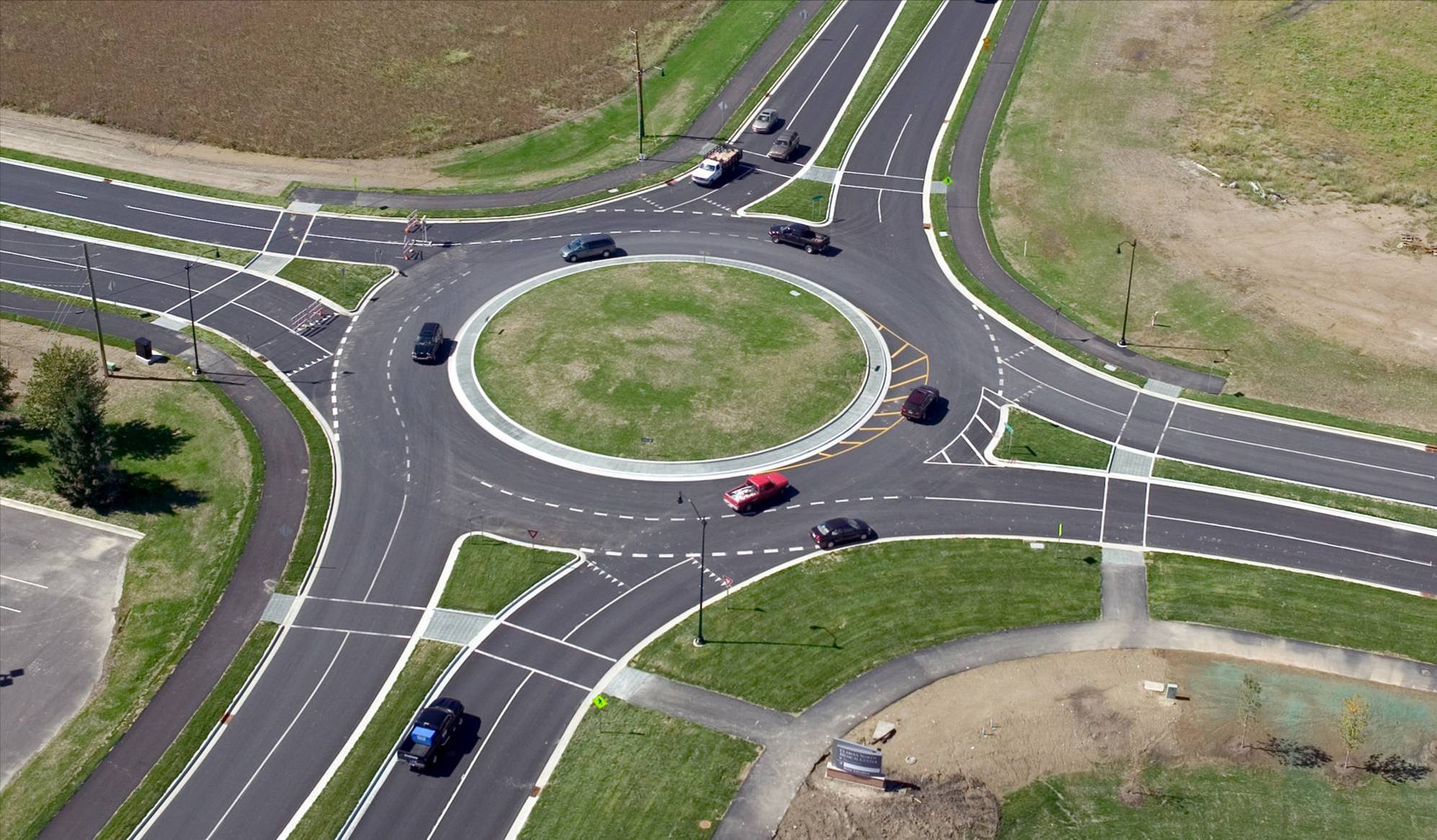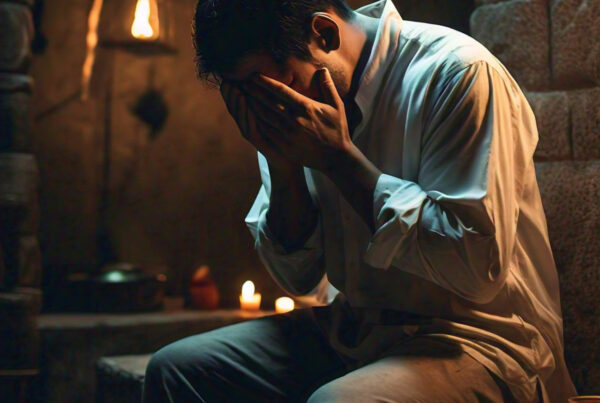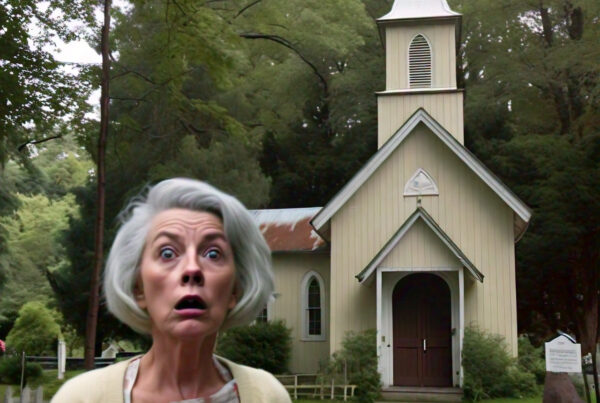
We love living on a cul-de-sac. We know many of our neighbors, the grandkids can play in the street without a lot of concern and we never have cars speeding through the neighborhood. (If they did they’d wind up in our neighbors front yard.) Cul-de-sacs make a great destination, but a lousy thoroughfare.
The opposite of a cul-de-sac is a roundabout. These are very popular in Europe, but they are becoming more common in the U.S. The purpose of a roundabout is to keep traffic flowing toward multiple destinations. A roundabout makes an efficient thoroughfare, but a lousy destination.
The key to effectiveness in church is to understand the difference between a cul-de-sac and a roundabout, and to plan accordingly. Share on XMost events in a church are planned as cul-de-sacs. You come to an event, participate in the programming, and leave the way you came. There is no plan to help you move toward a destination, its simply a place to be. It is a cul-de-sac.
Here are some of the common cul-de-sacs churches:
- Marriage retreat
- Women’s conference
- Fall Festival
- VBS
- Night to Shine
- Concert
- Global Leadership Summit
- Easter and Christmas Eve services
These cul-de-sacs because participants are simply that, participants. They come, experience the event, and then leave by the same road they came in on. Hopefully they learned something, had some fun, or met someone new, but for the most part they are no nearer a destination than when they showed up.
We can transform ministry cul-de-sacs into roundabouts by offering clear next steps. Every participant should be able to easily identify and take a next step toward a preferred destination. To create effective next steps we need to understand the dynamics of a roundabout:
- We need to offer more than one potential next step. People come from different situations and not everyone is ready, or needs, our one prescribed way forward. A next step may be as simple as signing up for a Facebook group, reading a short devotional or meeting with a leader over coffee. It is important, however, that next steps aren’t simply new cul-de-sacs. Each step should be followed by a step, each designed to help someone toward a destination.
- We shouldn’t offer too many options. A roundabout with three possible directions can be challenging, a roundabout with ten possibilities would be a nightmare. Offer two or three possible next steps at every event (even weekly events). Never tell people, “Go to our website and look at all of the options available.” That is paralyzing and ineffective. They need a limited number of options they can take right now, not a catalog of potential choices eventually.
At your next weekend or event planning meeting ask this question, “What are two or three obvious, simple and likely next steps we can invite participants to take?” If you can’t find next steps you are creating cul-de-sacs. You won’t be making progress, but the grandkids will love it.


